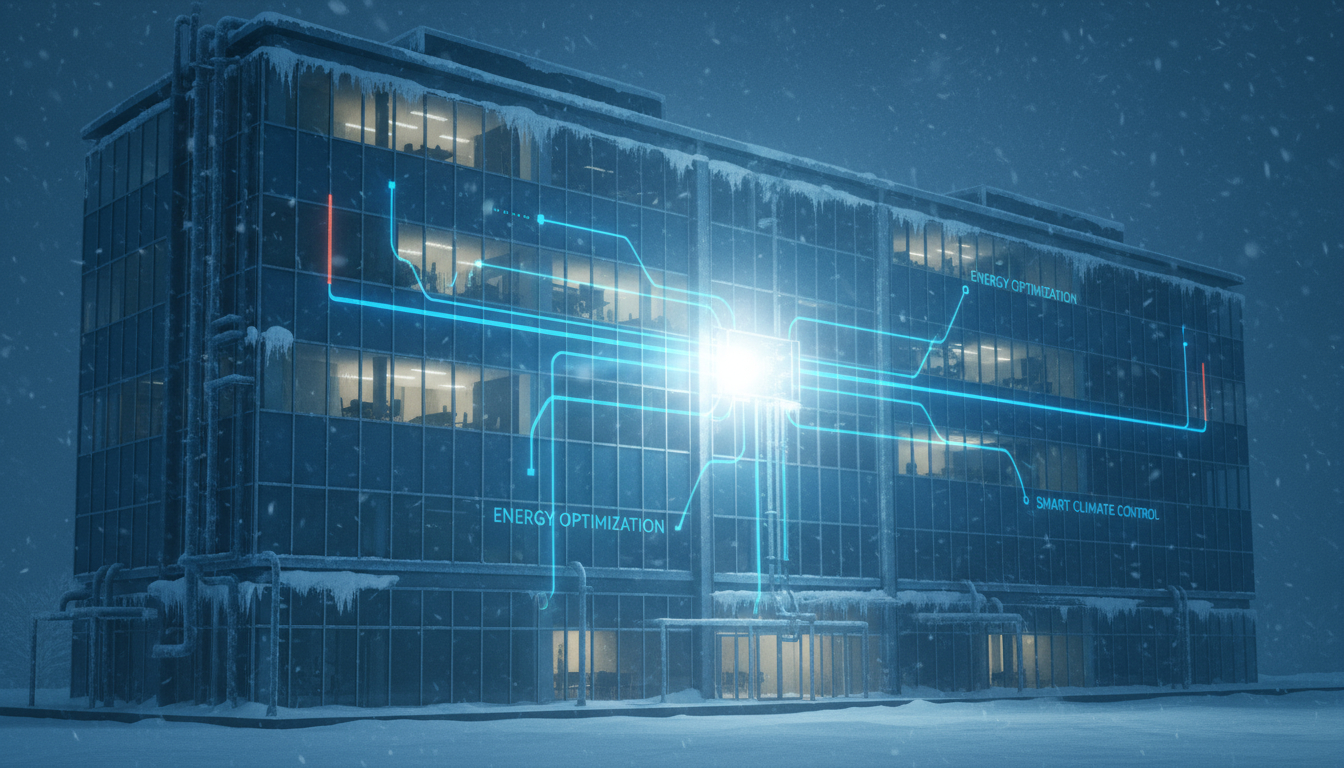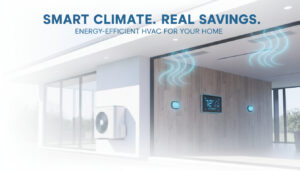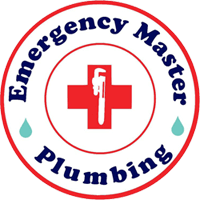

How Smart HVAC Systems Save Money and Energy in Arizona
Smart HVAC systems are revolutionizing home comfort in Arizona by integrating advanced technology like smart thermostats and automated controls to optimize energy use and reduce utility bills in the state’s extreme heat. These systems can save homeowners up to 20% on heating and cooling costs annually through precise temperature management and real-time adjustments. In Arizona’s scorching summers, where air conditioning runs nearly nonstop, adopting smart HVAC technology addresses high energy demands while promoting sustainability.
Understanding Smart HVAC Systems
Smart HVAC systems encompass interconnected devices such as Wi-Fi-enabled thermostats, sensors, and zoning controls that learn from user habits and environmental data to enhance efficiency. Unlike traditional systems, these use artificial intelligence to predict needs, adjusting operations without manual input for seamless comfort. Key components include smart thermostats like Nest or Ecobee, which connect to apps for remote monitoring, and integrated air quality sensors that detect occupancy and pollution levels.

In Arizona homes, these systems prevent overcooling empty rooms, a common energy waste in large properties with high ceilings typical of desert architecture. By automating ventilation and filtration, smart HVAC reduces strain on units, extending lifespan and minimizing repair costs. Homeowners report consistent indoor temperatures year-round, crucial in regions like Phoenix where outdoor highs exceed 110°F.
Arizona’s Unique HVAC Challenges
Arizona’s arid climate demands robust cooling, with average summer temperatures pushing energy consumption 30% higher than national averages. Dust and low humidity exacerbate system wear, leading to clogged filters and inefficient airflow that spikes electricity bills. Traditional HVAC setups often run at full capacity, ignoring variable occupancy or microclimates within homes, resulting in wasted energy during peak hours.

Water scarcity in Arizona amplifies the need for efficient systems, as evaporative coolers—once popular—now compete with energy-hungry central AC units. Rising utility rates, up 5-7% annually in areas served by APS and SRP, make outdated systems financially burdensome. Smart HVAC counters these issues by adapting to local weather forecasts, pre-cooling homes during off-peak times to avoid demand charges.
How Smart HVAC Systems Operate
Smart HVAC systems function through a network of sensors and algorithms that monitor humidity, temperature, and usage patterns in real-time. A central hub, often the thermostat, communicates with the AC unit, furnace, and vents to distribute air evenly, using geofencing to detect when residents leave or return. Integration with voice assistants like Alexa allows voice-activated adjustments, while machine learning refines settings over weeks for personalized efficiency.
In hot climates, these systems prioritize dehumidification alongside cooling, preventing mold growth common in Arizona’s occasional monsoons. Zoned controls divide homes into areas, cooling only occupied spaces and saving 15-25% on energy by avoiding whole-house operation. Predictive maintenance features alert users to issues like low refrigerant via app notifications, averting breakdowns during heatwaves.
Energy Savings from Smart Thermostats
Smart thermostats, a cornerstone of smart HVAC, can cut energy use by 8-15% by automatically raising temperatures when away and optimizing cycles based on weather. In Arizona, where cooling accounts for 60% of home energy, these devices adjust for solar gain through windows, reducing runtime by up to 20%. Studies show users save $50-150 monthly on bills, with annual reductions equaling 10-20% of total HVAC costs.
By learning routines, thermostats avoid unnecessary startups, which consume peak power, and integrate with solar panels for net-zero cooling during daylight hours. In extreme heat, they balance comfort by maintaining 78°F indoors without overworking compressors, extending unit life by 5-10 years. Arizona-specific data indicates smart systems lower peak demand, qualifying homes for utility rebates from providers like SRP.
Financial Benefits and Return on Investment
Installing a smart HVAC system costs $200-500 for a thermostat plus $5,000-10,000 for full upgrades, but payback occurs in 2-5 years through bill savings. Arizona homeowners recoup investments faster due to high AC usage, with monthly savings of $100+ in summer offsetting initial outlays. Reduced maintenance—down 30% from preventive alerts—further boosts ROI, avoiding $300-1,000 repair bills.
Long-term, these systems increase property value by 3-5% in energy-conscious markets like Scottsdale, appealing to eco-buyers. Energy Star-certified models qualify for federal tax credits up to 30% through 2032, adding $600-1,500 in refunds. For businesses or large homes, scaled systems yield even higher returns, with commercial rebates reaching $300,000 via SRP programs.
Arizona Rebates and Incentives for 2025
Arizona’s Efficiency Arizona program, launched in 2025 under the Inflation Reduction Act, offers up to $14,000 in rebates for low- to moderate-income households installing heat pumps and smart controls. Eligible upgrades include ENERGY STAR smart thermostats and efficient HVAC, with Tier I rebates covering 100% costs for those under 80% AMI. The HEAR program targets electrification, providing $8,000 for heat pumps that integrate with smart systems.
HOMES rebates, starting late 2025, reward comprehensive retrofits achieving 20%+ energy savings, ideal for pairing with smart HVAC. Utility incentives from APS and SRP add $100-500 for thermostats, while federal 25C credits cover 30% of costs up to $1,200 annually. Income-qualified families in Maricopa County can access braided funding, combining state and local grants for zero-upfront installations.
Installation and Maintenance Best Practices
Professional installation ensures compatibility with existing ducts and wiring, typically taking 4-8 hours for thermostats and a day for full systems. In Arizona, choose NATE-certified technicians familiar with desert-specific needs like dust-proofing sensors. Post-install, calibrate via app for accurate readings, and update firmware quarterly for optimal performance.
Maintenance involves monthly filter checks via app reminders and annual professional tune-ups to maintain efficiency ratings. Integrate with home automation for whole-system synergy, but avoid overloading networks—use dedicated Wi-Fi for HVAC. For Arizona’s hard water, add scale inhibitors to prevent buildup in connected humidifiers.
Debunking Myths About Smart HVAC Systems
A common myth is that smart systems are unreliable in extreme heat, but robust models withstand 120°F+ with built-in safeguards. Another misconception: high upfront costs make them unaffordable, yet rebates and savings make them accessible, with 70% of users breaking even in under three years. Privacy concerns exist, but top brands encrypt data and comply with CCPA standards.
Some believe they’re only for new builds, but retrofits work on 90% of existing Arizona homes with minimal modifications. Finally, the idea that they complicate usage is false—intuitive apps simplify control for all ages.
Conclusion
Embracing smart HVAC systems in Arizona not only combats soaring energy costs but also enhances daily comfort amid relentless heat. With proven savings, incentives, and ease of use, these technologies offer a practical path to efficiency and sustainability. For expert installation and tailored advice on smart HVAC upgrades, contact Emergency Master Plumbing & Air at 623-584-4706 to optimize your home today.
